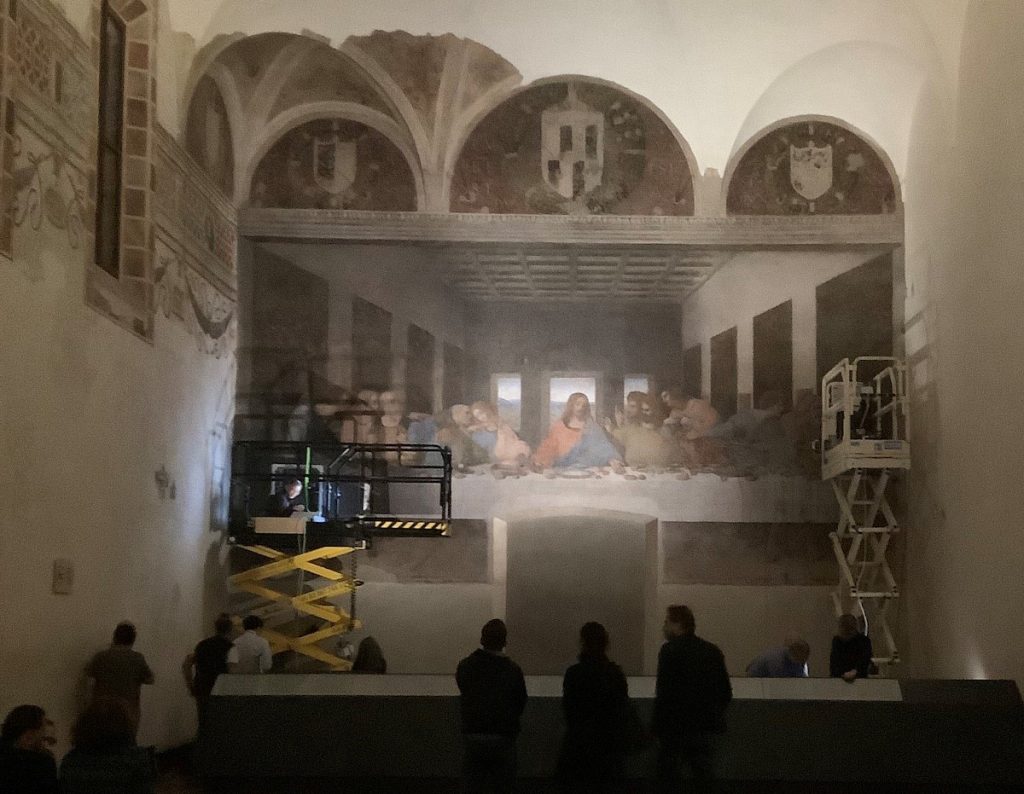Luna’s TeraMetrix THz equipment used to examine Da Vinci’s Last Supper
On October 21, 2019 at the request of the Museo del Cenacolo Vinciano (Milan, Italy), Polo Museale Regionale della Lombardia, Ministero per i beni e la attività culturali and the Istituto Centrale per il Restauro (Rome, Italy), one of the most famous murals in the world, the Last Supper by Leonardo Da Vinci, was examined using terahertz (THz) and millimeter waves.

Terahertz imaging is particularly useful in examining the layer structure of the mural painting in fine detail without touching the mural. Terahertz time-domain imaging done using the TeraMetrix T-Ray 5000 system provided internal layer structure information of the famous artwork. This investigation provides insight into the preparation layers present under the mural itself. The information from this type of imaging can also be important for preservation, if a certain layer is loose, prone to degradation or delaminated, then that area can be treated in a particular way, or the storage conditions can be changed to slow deterioration. If anomalies are found (areas where the structure is different) it can be a result of earlier restorations. Often little detailed information is available about restorations that might have happened hundreds of years ago.

The National Institute of Information and Communications Technology (Japan) coordinated the project based on their experience in cultural heritage science research field in collaboration with the Istituto di Fisica Applicata "Nello Carrara" of the National Research Council (Florence, Italy). Because lower frequencies can penetrate deeper into the wall, a millimeter wave system from Fraunhofer Institute for Industrial Mathematics (Kaiserslautern, Germany) was used as well.
The first preliminary results were presented at the THz Workshop held in Kaiserslautern, Germany on March 3, 2020.